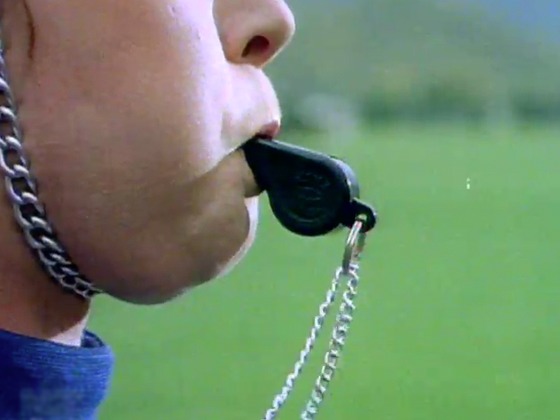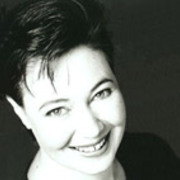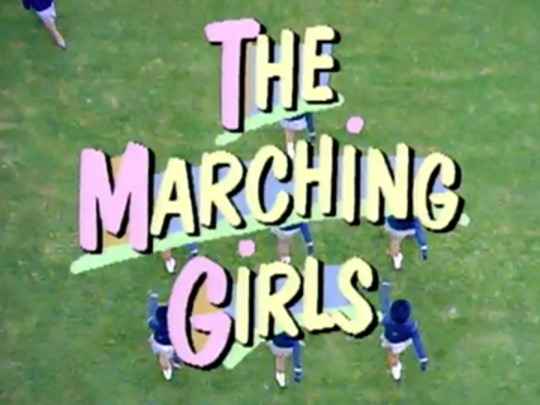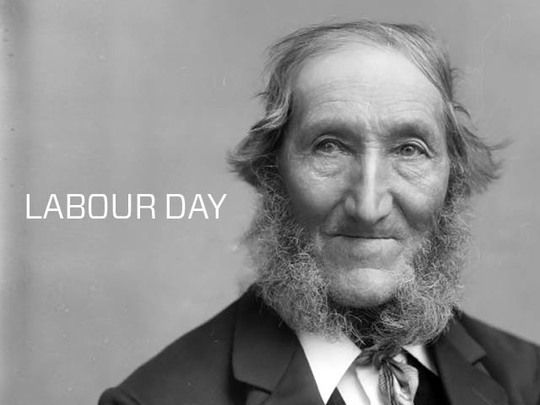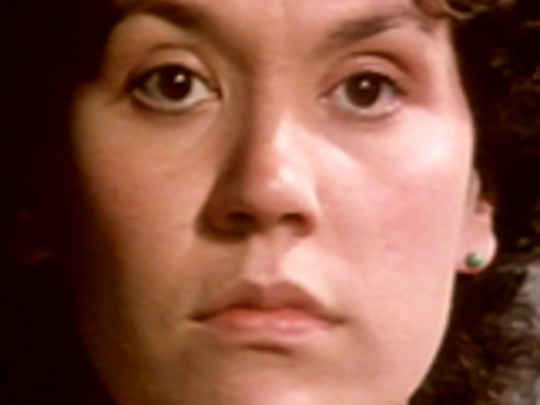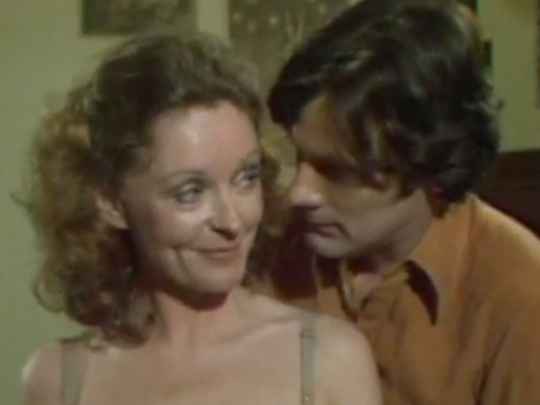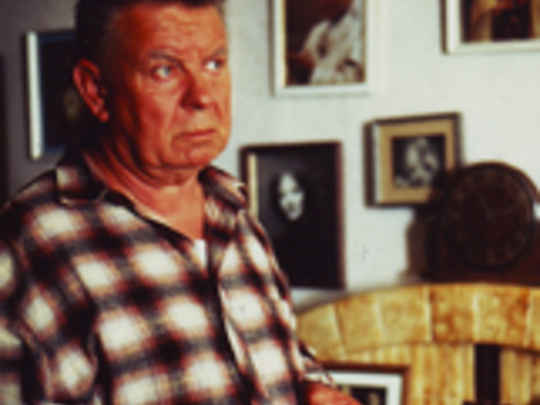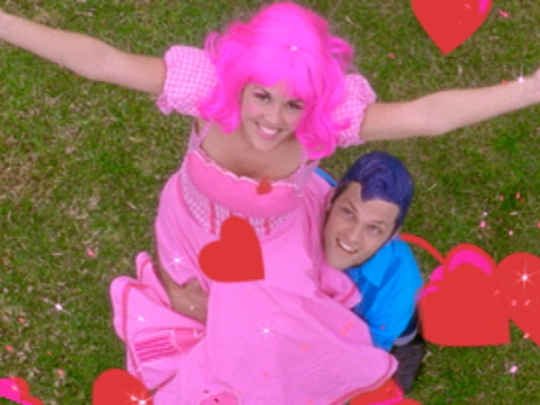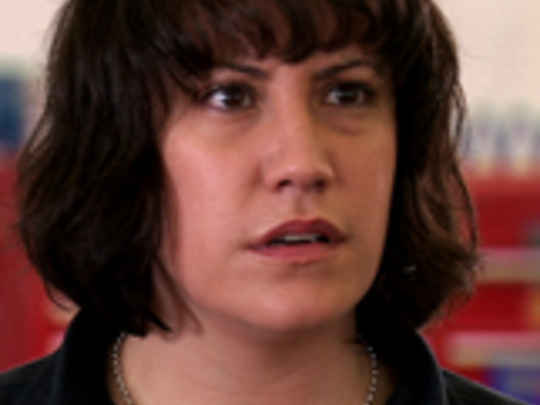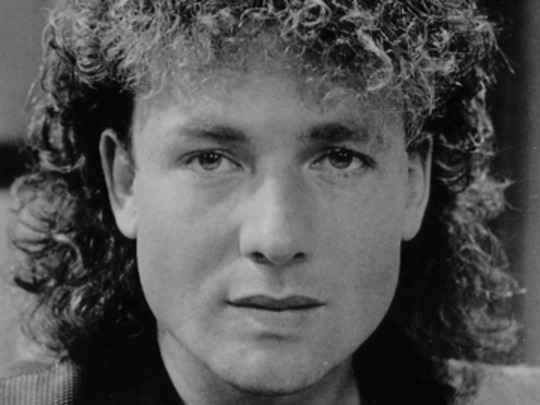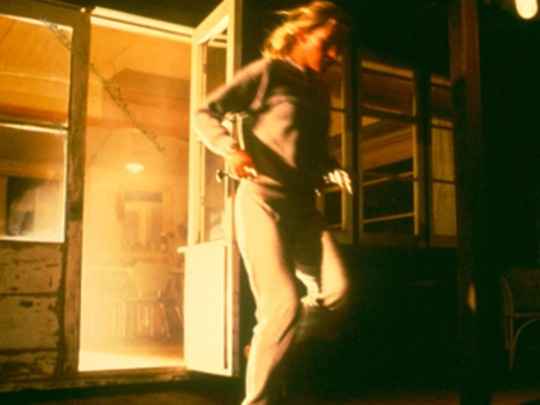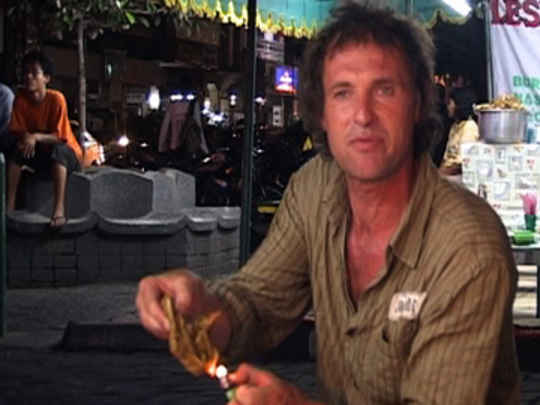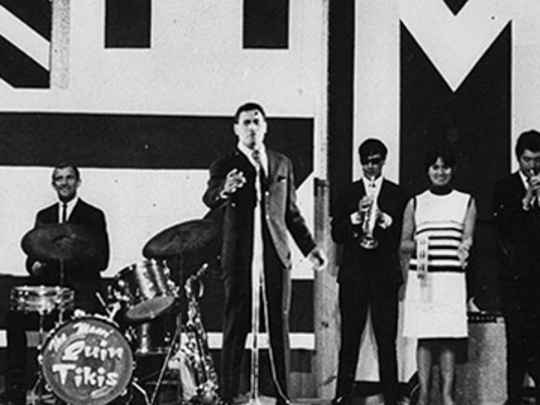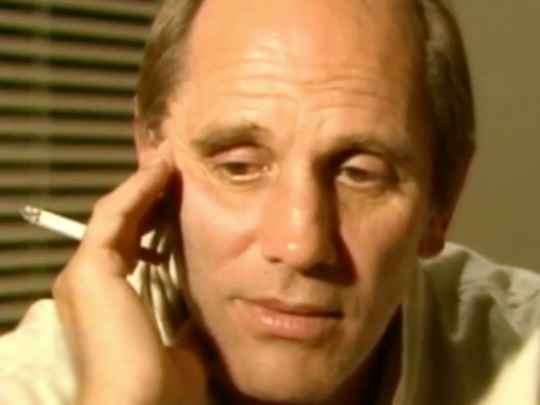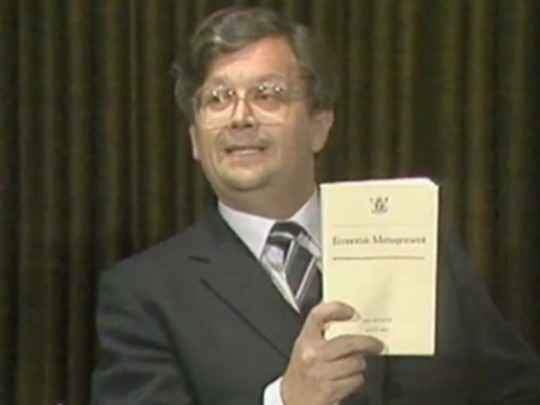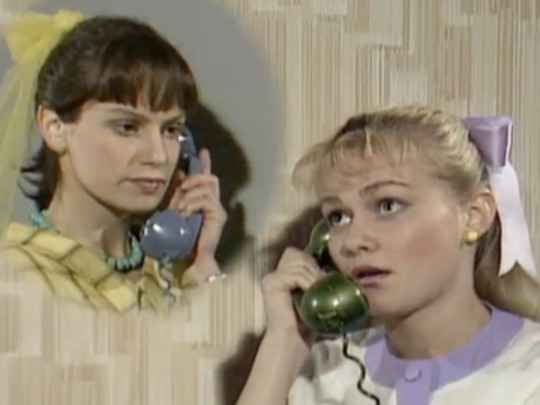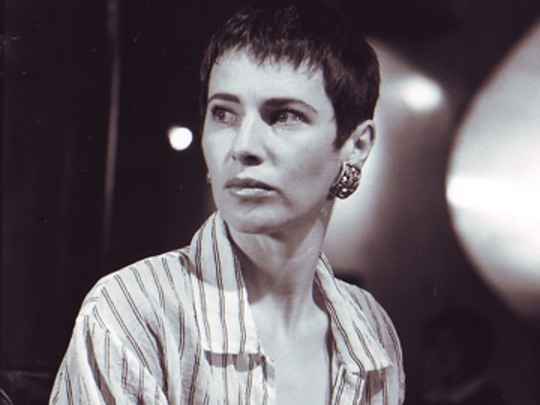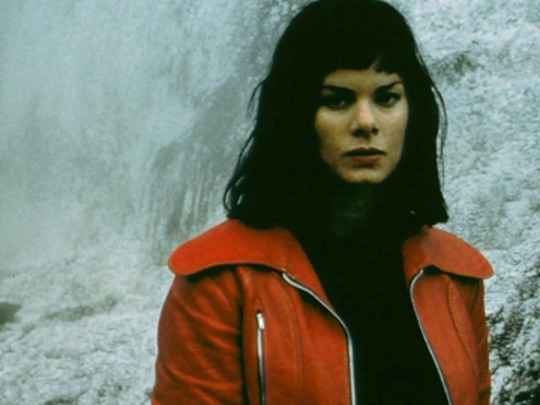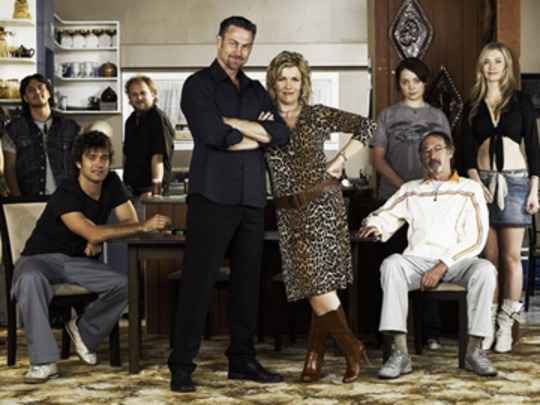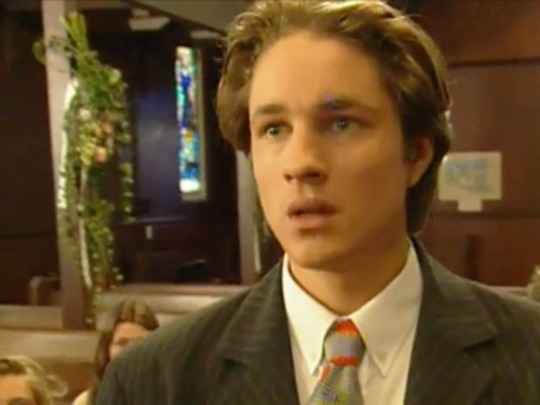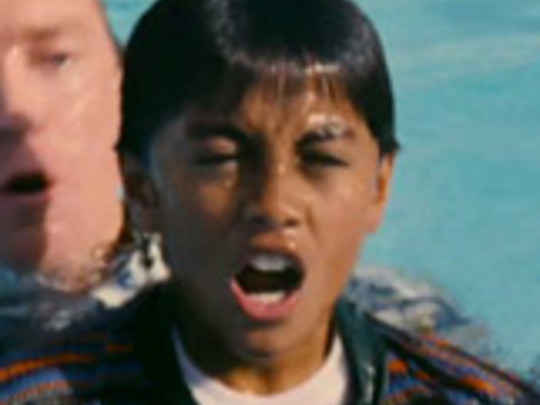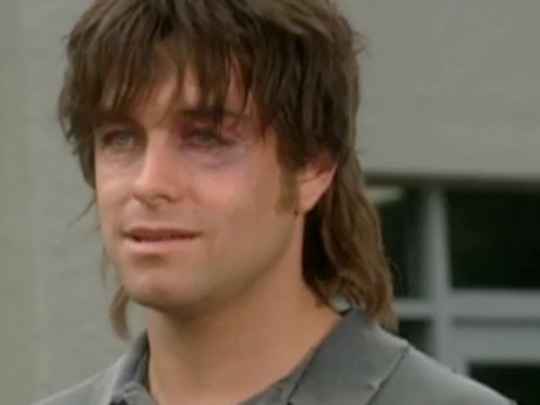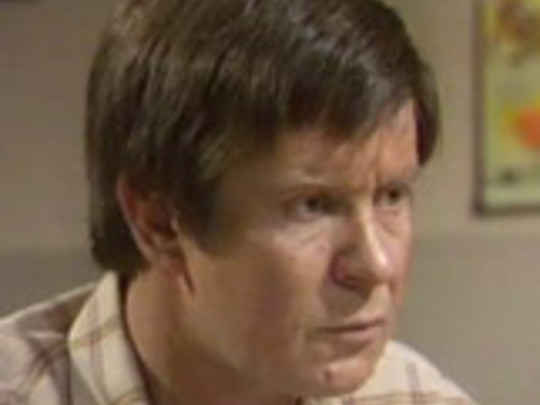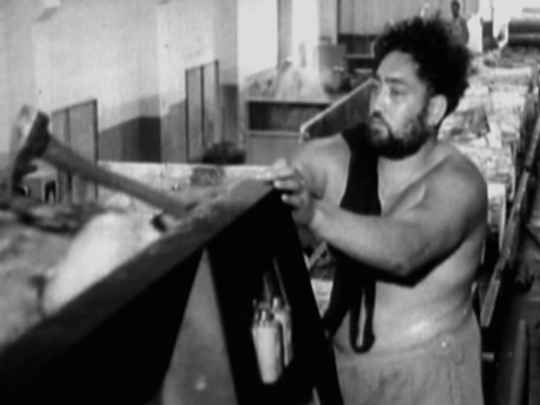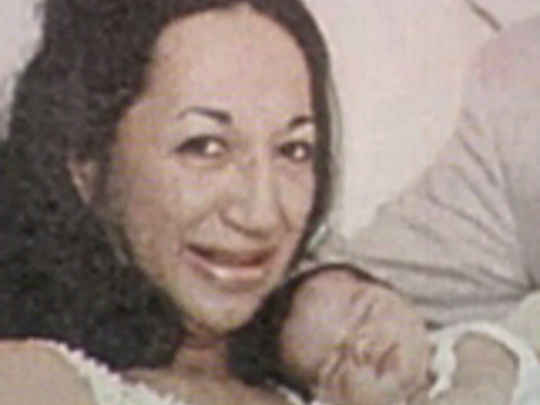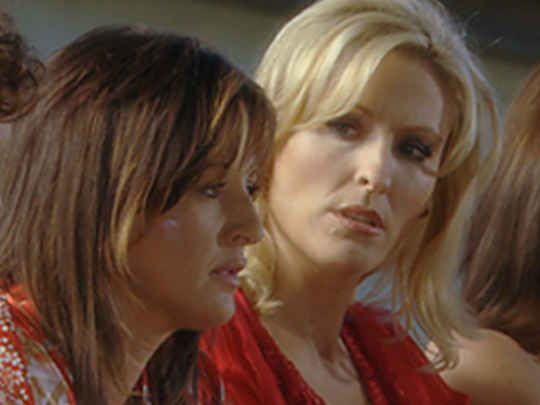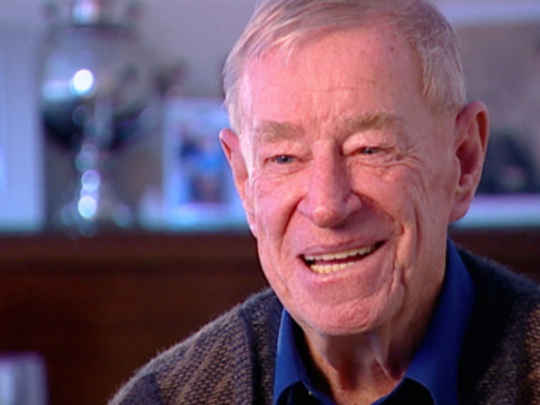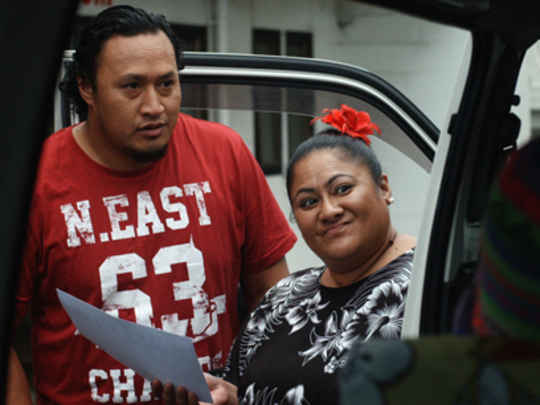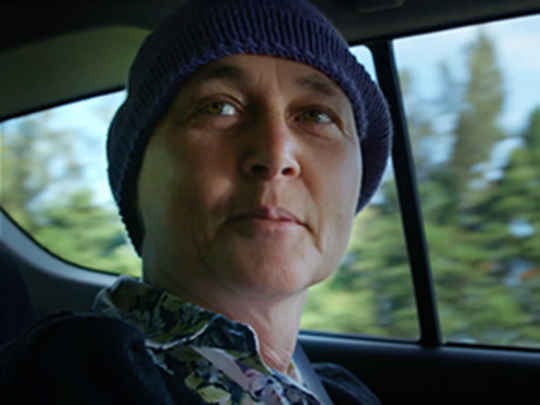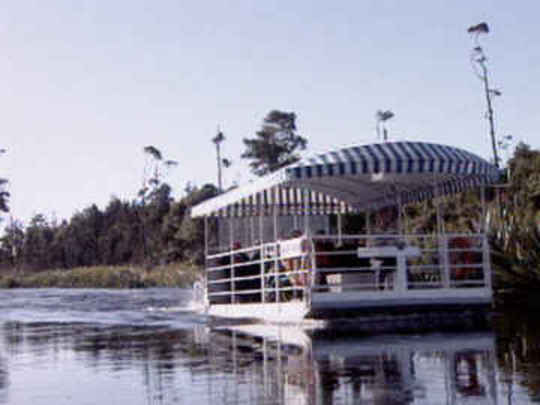Part one of four from this full length first episode - ‘Mahara’s Story’.
Part two of four from this full length first episode - ‘Mahara’s Story’.
Part three of four from this full length first episode - ‘Mahara’s Story’.
Part four of four from this full length first episode - ‘Mahara’s Story’.
The credits from this episode - ‘Mahara’s Story’.
The Marching Girls - Mahara's Story
Television (Full Length Episode) – 1987
The writer's story
I wrote the concept for the series in 1985 as part of a job application. The job was with TVNZ, and although I didn’t get the position I was after, the head of drama read my programme format and decided to make the series. I was astonished – usually the major drama series on film (one per year in those days) was commissioned from an experienced writer. I was 24 and had written one radio play.
My main job was acting, and the actor’s union Equity had just established a women’s caucus to address the massive imbalance in roles available for men and women. Back then, 70% of speaking roles in television drama were male, 30% were female. The Equity Women’s Caucus was making a splash at the time TVNZ commissioned this series; I don’t know if there was any connection between this sudden awareness of the paucity of female roles and the decision to make a series with ten young female leads, but nothing like it had been seen before.
Steve La Hood was the producer – he loved the series concept, and was really keen to go all the way with it and use only female directors. That proved too hard, as there were about three in the country at the time, but Melanie Rodriga - she was Melanie Reid then - came on board as the key director and did three of the seven episodes, which was a great thing for the actors.
It sounds hilariously old-fashioned to say it, but back then it was very unusual for young female characters to be leads, to motivate stories, to have friends, to have jobs, even to have surnames. They were almost always love interests for male characters. How they looked was very important, and they usually looked a certain way. They were there to be alluring, and it didn’t really matter who they were or what they wanted. In this context, The Marching Girls was radically different.
This caused some dissension during the production. A couple of directors and some of the crew were hostile to the tone and content of the series, and the way it was being made. Steve La Hood gave me a huge degree of involvement all the way through the production process – I’m grateful for that to this day. He saw the show as my baby, and to him it made sense to involve me in casting, in wardrobe meetings, in talking to directors, watching rushes… I was rapt to be doing this, and it seemed quite normal to me because I’d invented this world and these characters. I didn’t know then how unusual it was for him to be so generous, and how he was criticised for it. I think he understood creative authorship, and it’s lucky for me he did.
For me, having the chance to create this series was life-changing. As a first experience of writing for television, it couldn’t have been better. I’m very proud of what we made, and happy that it is what I most hoped it would be – a portrait of the lives of girls and women, in a particular place at a particular time.
